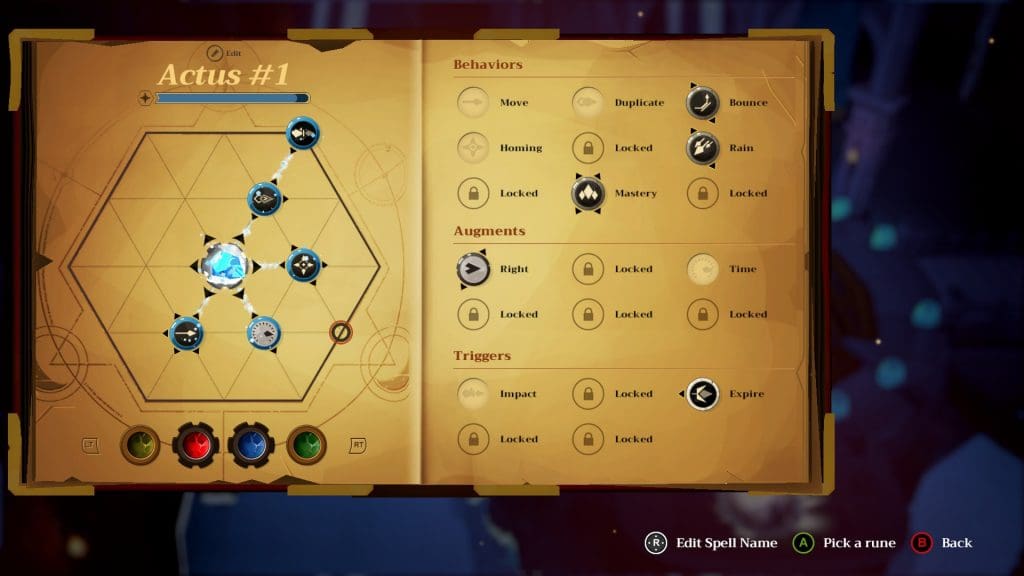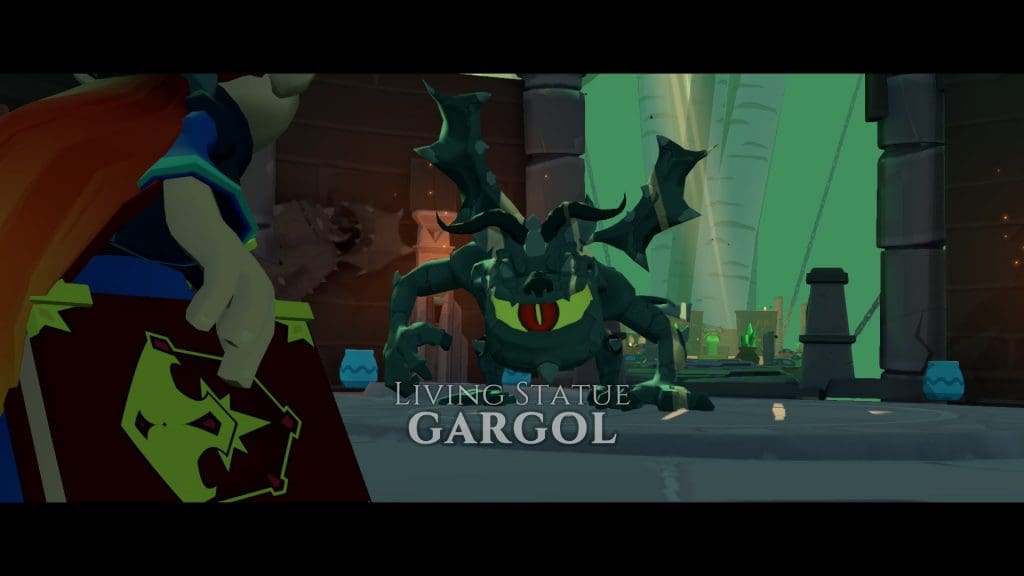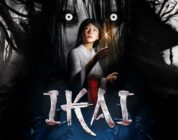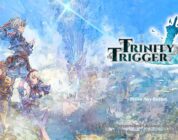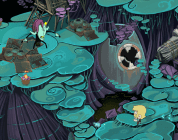Mages have a long history with video games. They are sometimes cast as villains and other times as members of the party. So, what makes magic fun? I had the chance to play Mages of Mystralia and now, I feel, that the question can finally be answered.
Mages of Mystralia is a game developed by Borealys Games and funded on Kickstarter. The campaign for the game started last March, where the developers had asked for a modest $25,000 to help polish the final product. Surprisingly, the game raised over 930% of their original goal, surpassing the developer’s expectations.
The main character, Zia, is a young girl who discovers that she has magical powers by accidentally burning down her cottage. She is then exiled from the town she lives in. Zia, afraid, runs into the woods and meets The Mentor. He saw what had happened in the village and offers to train Zia to be a mage. After equipping her with gear, he sends her to locate Haven, the home of the mages. While on her way to Haven she stumbles across a sentient spellbook that teaches her how to truly harness her abilities. After arriving in Haven, the young girl is quickly sent on a journey to save the world.
The story is one of the strongest aspects of Mages of Mystralia and was written with the help of Ed Greenwood who penned the Forgotten Realms universe. Honestly, it is a simple story, and that’s what makes it work. It doesn’t rely on cheap plot twists or shock and awe. The dialogue is well written and it shows; while the game doesn’t have voice actors, the characters dialogue has its own voice. My only complaint is that the ending was poorly done. Players spend a good ten hours fighting bad guys to see how the story concludes, only to find out there is no ending and no closure to the adventure endured. It’s heartbreaking, to say the least.
One of the main selling points of the game is spell design, known as Spell Craft. This is where Zia can alter one of the four main spells given to her at the beginning of the game: Immendi (used for close combat), Actus (for long range combat), Creo (to traverse some terrain), and Ego (used to protect yourself). These act as the basis for all spell designs. Players are able to add behaviors, triggers, and augments to create different spell effects. Spell Craft is fun, but can become rather frustrating when exploring a dungeon where you have to alter the spells in a heart beat. Another frustration with spell craft; if you do not have the right behaviors or augments, some dungeons become hard to navigate or proceed through. For example, I was stuck in the third dungeon for almost an hour, all because I missed a certain chest and I couldn’t proceed. While it didn’t kill the game for me, it did aggravate me to some extent.
The overall gameplay is similar to the Zelda series, in that players must explore dungeons and fight enemies to proceed through them. When fighting the enemies they will drop hearts (health), soul beads (currency), and mana stars (refills your magic). The dungeons Zia must explore are easy to navigate through and the puzzles are pretty simple. I felt that each dungeon had a good base and an exciting boss battle. While the puzzles aren’t as complex as Zelda puzzles, they can be pretty challenging. I enjoyed that; it gave the game a nostalgic feeling. Even bosses have name titles such as Fire Beetle and Skald. This is another nod to the Zelda series.
One thing that threw me off, at least at the beginning, is that after beating the bosses they would increase your health and magic, but after the second dungeon it stopped, with the rest of game having Zia acquire four purple soul beads to raise health and magic. It threw me for a loop as to why it had stopped and there is no explanation for it. I’m curious as to why this choice was made as it feels like a massive design flaw. It could also be that the developers want to encourage exploration more with the soul beads.
Graphically, Mages of Mystralia is charming and fits with the story of the game, almost like a Saturday morning cartoon. The characters were well designed and the animations were something to admire. The music also played into the effects, as it tied the whole game together. I would find myself humming along to the music and tapping my fingers on my desk. It played into the nostalgia factor and was a success; this game has a soundtrack that must be added to any collection.
I did spend some time exploring different areas and completing challenges to either acquire purple soul beads (to extend my health and magic) or to find different attributes for my spells. Mystralia has over a dozen areas to explore, plus secret challenges and puzzles to complete. I wasn’t able to complete all of the challenges or find all the spell attributes. Yet, for someone who is a completionist, I will have a blast going back to find what I missed. Unfortunately, after beating the main boss, there is no choice for continued play; but the game does give you the opportunity to halt the final level to complete some quests that may have been missed or collect additional behaviors.
Overall, Mages of Mystralia has its flaws, but it is a great game to play through. I honestly had a blast playing it and would wait for my wife to go to bed, just so I could play uninterrupted. Fans of the classic dungeon crawler games or just fans of The Legend of Zelda, owe it to themselves to play Mages of Mystralia. It’s fun, short, and it’s made of the stuff that made us love fantasy adventure games to begin with.
Mages of Mystralia is out now on PC and is coming soon to Playstation 4 and Xbox One.
Purchase the game for PC here on Steam.


